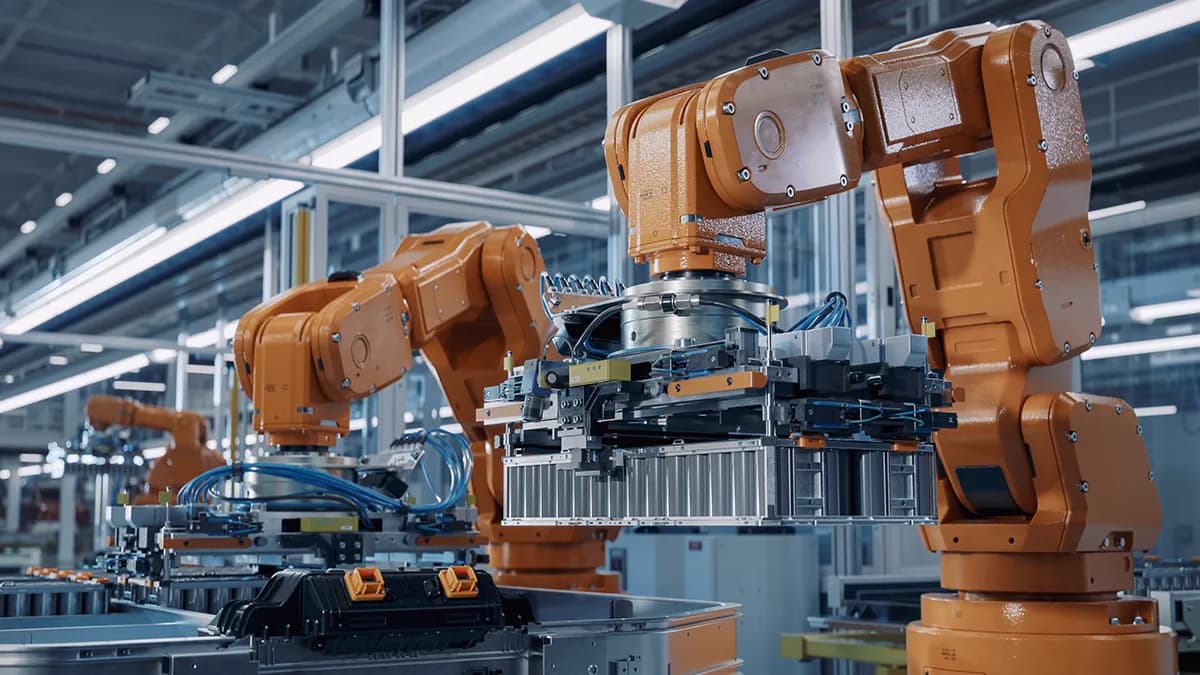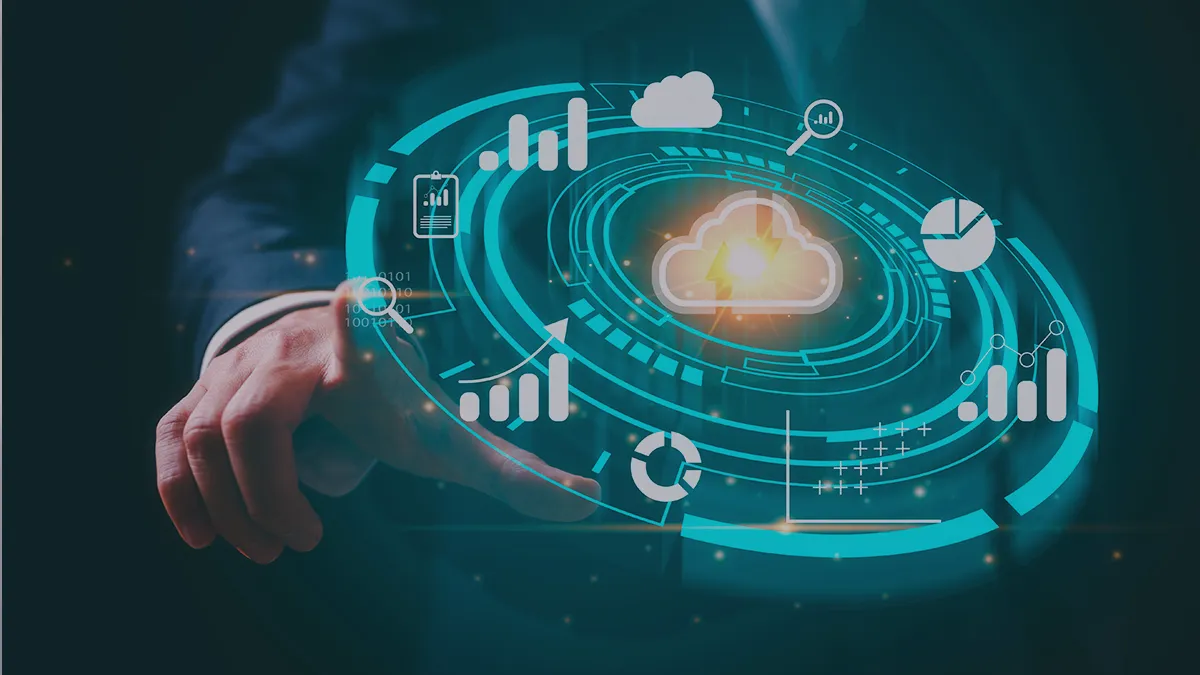The ubiquitous fourth industrial revolution, named Industry 4.0, is now one of the fastest growing IoT markets. The digital transformation journey is more than bragging about smart innovations and gadgets. It’s often one of the best solutions for dealing with serious bottlenecks in the industry, such as frequent downtime and complete shutdowns of production lines. ThingWorx, as part of Industry 4.0 and the rich catalog of tools supporting it, is a comprehensive IoT product that enables the rapid creation and development of IoT solutions. Combining ThingWorx’s capabilities with AWS cloud can add new features to these solutions. Having ThingWorx running in the cloud (Connector) translates into, among other things, the ability to preprocess IoT data before it even enters ThingWorx. This feature is particularly useful for real-time data, which could otherwise overwhelm ThingWorx if sent directly to it.











